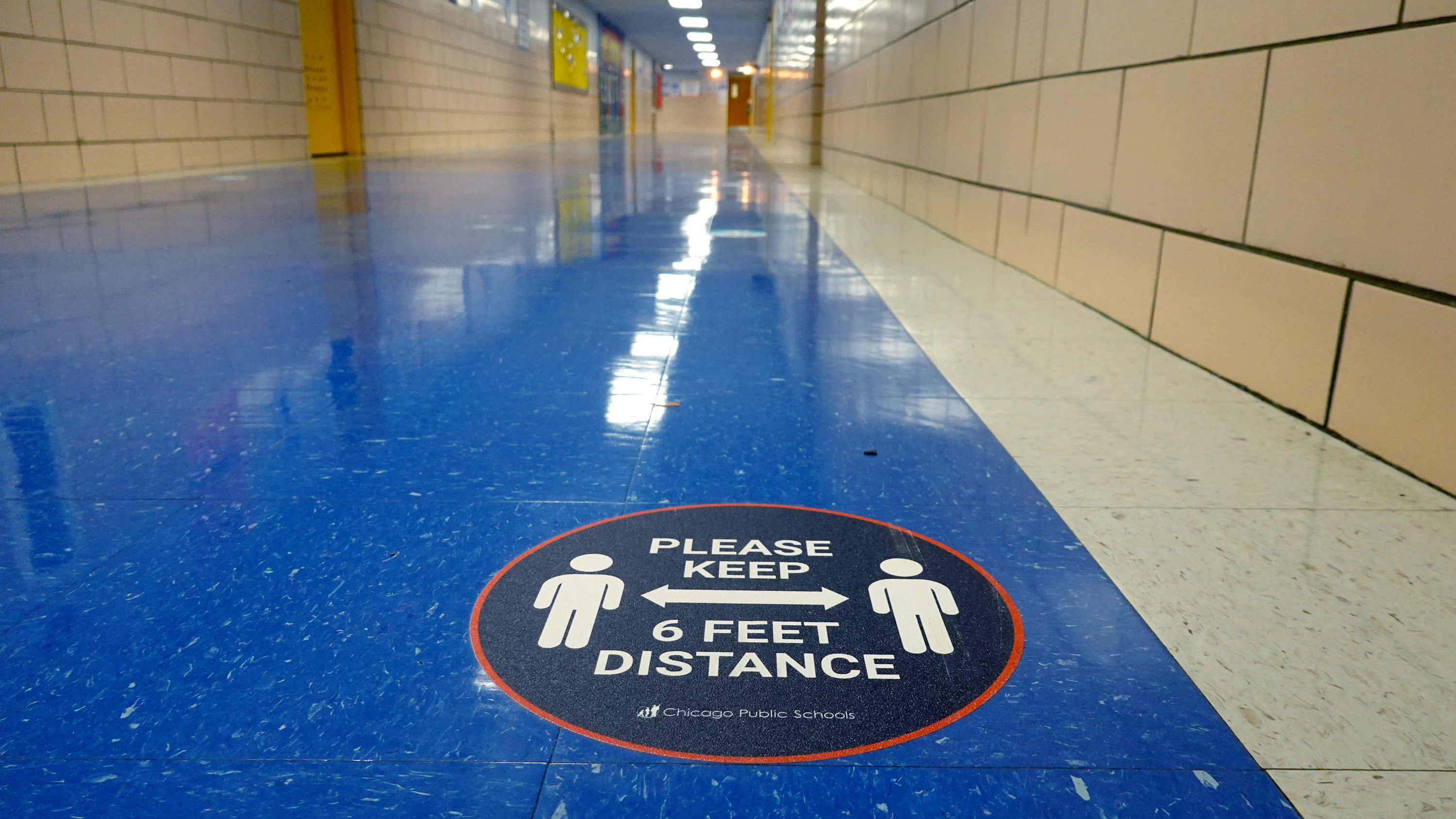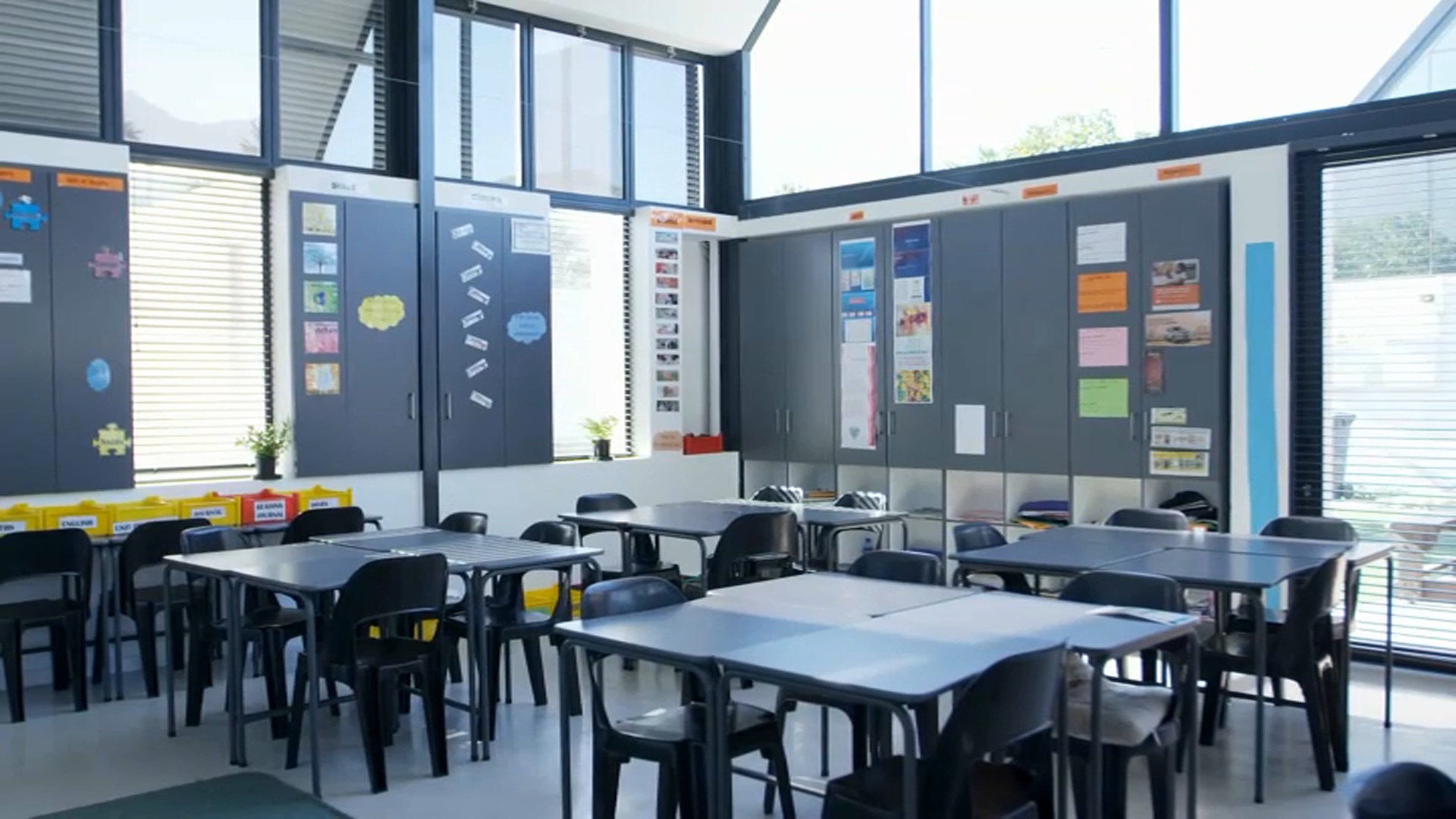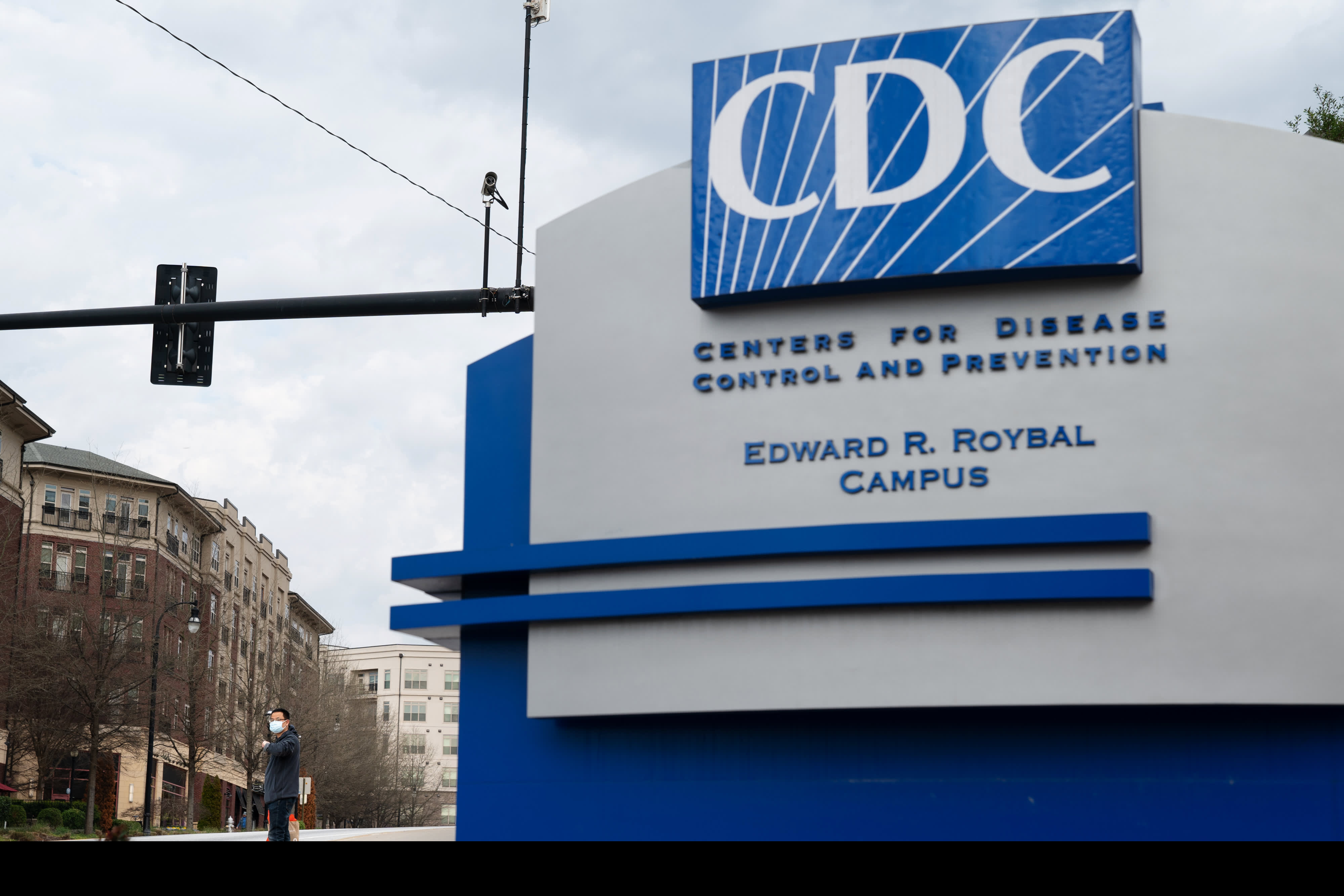While some Illinois students and teachers are still waiting until later this month to head to the classroom, others have already begun to head back-to-school, including those in District U-46 -- the state's second largest school district.
But as the Centers for Disease Control and Prevention continues to roll out its new, more flexible COVID guidelines and protocols, this school year is shaping up to look a little different than the last two.
“We’re in a stronger place today as a nation, with more tools—like vaccination, boosters, and treatments—to protect ourselves, and our communities, from severe illness from COVID-19,” the CDC's Greta Massetti, an author of the guidelines, said in a statement.
“We also have a better understanding of how to protect people from being exposed to the virus, like wearing high-quality masks, testing, and improved ventilation. This guidance acknowledges that the pandemic is not over, but also helps us move to a point where COVID-19 no longer severely disrupts our daily lives.”
Feeling out of the loop? We'll catch you up on the Chicago news you need to know. Sign up for the weekly Chicago Catch-Up newsletter here.
At District U-46, which encompasses communities in the Northwest suburbs including Bartlett, Elgin, South Elgin, Hanover Park, Stream and Wayne, masks will not be required for students, staff and visitors.
Those guidelines also ring true for what's in place at the state's largest school district, Chicago Public Schools.
And while it won't be required for the upcoming school year, vaccination is still strongly encouraged.
According to recent update from Chicago Public Health Department commissioner Dr. Allison Arwady, only about 9% of Chicagoans under five years old have received first doses of the COVID vaccine -- a number she said she isn't "pleased" with.
CPS CEO Pedro Martinez echoed Arwady's sentiments, saying "There is no better protection than vaccination. One of our goals for the new school year is having our children be learning safely in our classrooms. The best way to accomplish that for families is through vaccinations."
While specific protocols and guidelines may vary from district to district, many will put into practice the CDC's new procedures around quarantine, exposure and more.
Here's a refresher on some of the biggest pieces from the CDC's updated guidelines.
1. Quarantine
The CDC previously said that if people who are not up to date on their COVID-19 vaccinations come into close contact with a person who tests positive, they should stay home for at least five days. Now the agency says quarantining at home is not necessary, but it urges those people to wear a high-quality mask for 10 days and get tested after five.
2. Isolation
The agency continues to say that people who test positive should isolate from others for at least five days, regardless of whether they were vaccinated. CDC officials advise that people can end isolation if they are fever-free for 24 hours without the use of medication and they are without symptoms or the symptoms are improving.
Those who feel sick should also isolate until they receive test results, according to the guidance.
But symptoms also play a role in isolation timelines. The guidelines state:
- If you had moderate illness (if you experienced shortness of breath or had difficulty breathing) or severe illness (you were hospitalized) due to COVID-19 or you have a weakened immune system, you need to isolate through day 10.
- If you had severe illness or have a weakened immune system, consult your doctor before ending isolation. Ending isolation without a viral test may not be an option for you. If you are unsure if your symptoms are moderate or severe or if you have a weakened immune system, talk to a healthcare provider for further guidance.
Also if you leave isolation but your symptoms worsen, you must restart isolation for another 10 days.
- After you have ended isolation, if your COVID-19 symptoms worsen, restart your isolation at day 0. Talk to a healthcare provider if you have questions about your symptoms or when to end isolation.
Read More: CDC COVID Guidelines: Here's What Steps to Take if You Test Positive
3. Testing
The new guidelines also include information about testing asymptomatic people and those who had severe symptoms.
- Recommending screening testing of asymptomatic people without known exposures will no longer be recommended in most community settings.
- If you had severe illness or have a weakened immune system, consult your doctor before ending isolation. Ending isolation without a viral test may not be an option for you. If you are unsure if your symptoms are moderate or severe or if you have a weakened immune system, talk to a healthcare provider for further guidance.
Also on Thursday, the Food and Drug Administration updated its recommendations for how many times people exposed to COVID-19 should test.
Previously, the FDA had advised taking two rapid antigen tests over two or three days to rule out infection. Now the agency recommends three tests.
4. Social Distancing
The Centers for Disease Control and Prevention also said people no longer need to stay at least 6 feet away from others in some situations.
The guidelines emphasize that "physical distance is just one component of how to protect yourself and others."
"It is important to consider the risk in a particular setting, including local COVID-19 Community Levels and the important role of ventilation, when assessing the need to maintain physical distance," the CDC states.




